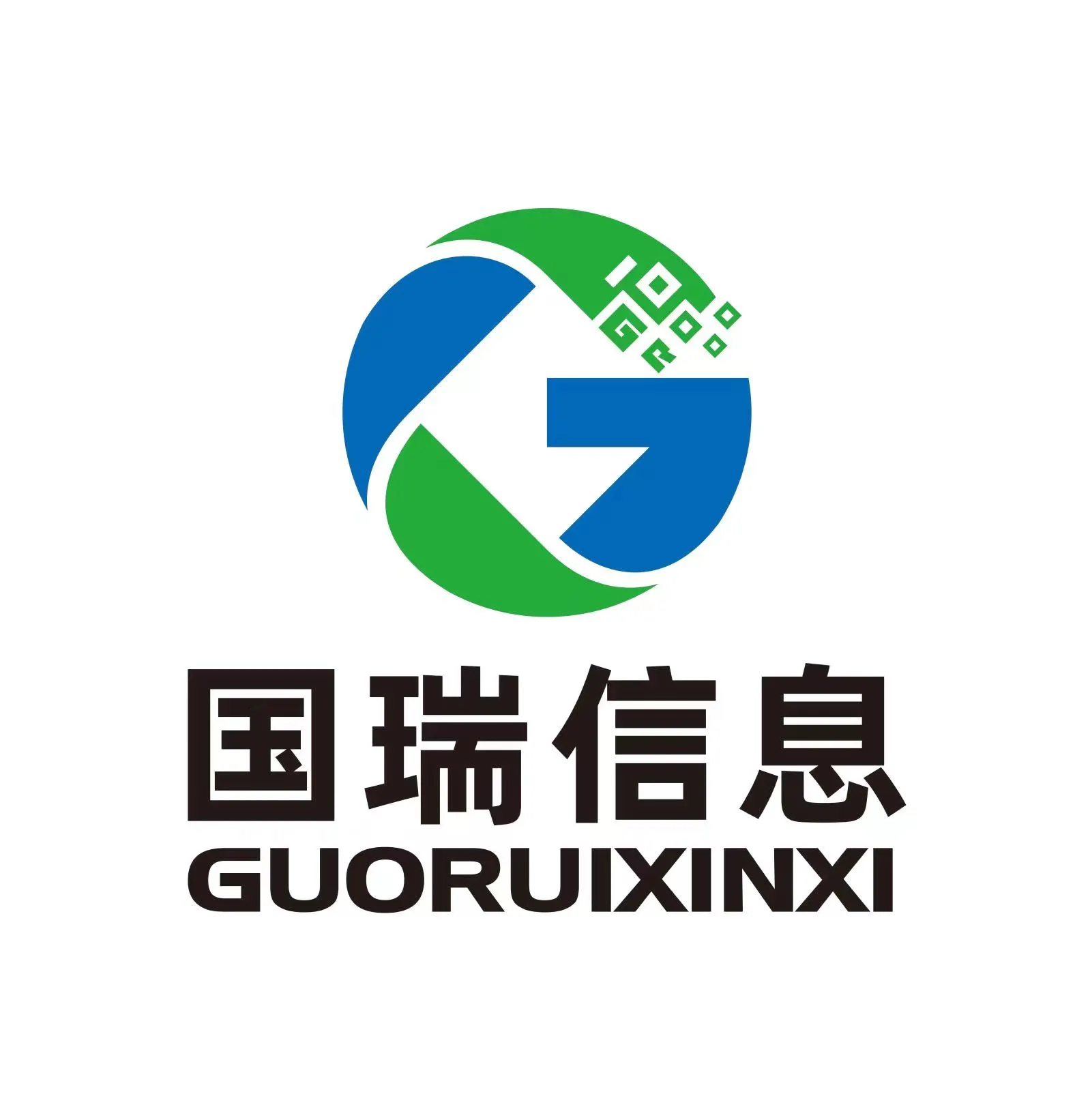Comparing Synchronous Belts and V Belts for Optimal Performance and Efficiency
Synchronous Belts vs. V Belts A Comprehensive Comparison
When it comes to power transmission in mechanical systems, two of the most commonly used options are synchronous belts and V belts. Each type of belt has its own unique characteristics, advantages, and disadvantages, making them suitable for different applications. In this article, we will explore the key differences between synchronous belts and V belts, highlighting their design, performance, applications, and benefits.
Design
The primary distinction between synchronous belts and V belts lies in their design and construction. Synchronous belts, also known as timing belts, have teeth that are molded into the inner surface of the belt. These teeth fit into corresponding grooves on the pulleys, which ensures precise alignment and synchronization of rotation between the belt and pulley system. This design is crucial for applications that require exact timing and positioning, such as in automotive timing systems or robotics.
On the other hand, V belts feature a wedge-shaped cross-section that allows them to fit snugly into a V-shaped groove on the pulley. This design increases the surface area of contact, which allows for the transfer of higher torque. V belts rely on friction to transmit power, which can lead to slippage if not properly tensioned. While they do not provide the same level of precision as synchronous belts, they are highly effective for many industrial applications.
Performance
In terms of performance, synchronous belts provide superior efficiency and accuracy. Because the teeth of the synchronous belt engage directly with the pulley, they eliminate the possibility of slippage, resulting in consistent performance and accurate timing. This makes them ideal for applications where timing is critical, such as in CNC machines and robotic arms. Additionally, synchronous belts can operate at higher speeds without the risk of losing synchronization, making them suitable for high-speed applications.
Conversely, V belts are generally more forgiving when it comes to misalignment and tension variations. They can accommodate some degree of slippage, which can be a drawback in applications requiring strict timing but an advantage in situations where wear and tear on the belt can be managed. V belts are also more resilient in environments where shock loads are common, as they can absorb these impacts better than synchronous belts.
synchronous belt vs v belt

Applications
Both synchronous belts and V belts are widely used across various industries, but their specific applications tend to differ. Synchronous belts are commonly found in applications that require precise control of movement. This includes automotive engines (timing belts), conveyor systems, robotics, and any machinery that relies on synchronized motion.
V belts, on the other hand, are traditionally used in power transmission systems. They are often seen in industrial machinery, HVAC systems, agriculture equipment, and various pumps. Their ability to handle high torque and recover from minor misalignments makes them a popular choice in these applications.
Benefits
There are several benefits associated with each type of belt. Synchronous belts offer the advantage of no slip, accurate timing, and lower maintenance requirements, which can translate to reduced downtime and increased productivity. Their efficiency can contribute to lower energy consumption, making them a more environmentally friendly option in many cases.
V belts provide their own set of advantages, such as ease of installation and replacement, which can save time and labor costs in maintenance. They also perform well under variable loads and are generally more cost-effective for applications where precision is not paramount.
Conclusion
In conclusion, the choice between synchronous belts and V belts ultimately depends on the specific requirements of the application at hand. If precision, synchronization, and high-speed operation are vital, synchronous belts are the better option. However, for general power transmission where ease of maintenance and resistance to shock loads are more critical, V belts may be the preferred choice. Understanding the strengths and limitations of each type of belt allows engineers and designers to make informed decisions, ensuring optimal performance and longevity of their mechanical systems. By aligning the right belt type with application needs, businesses can enhance efficiency, reduce costs, and improve overall productivity.








